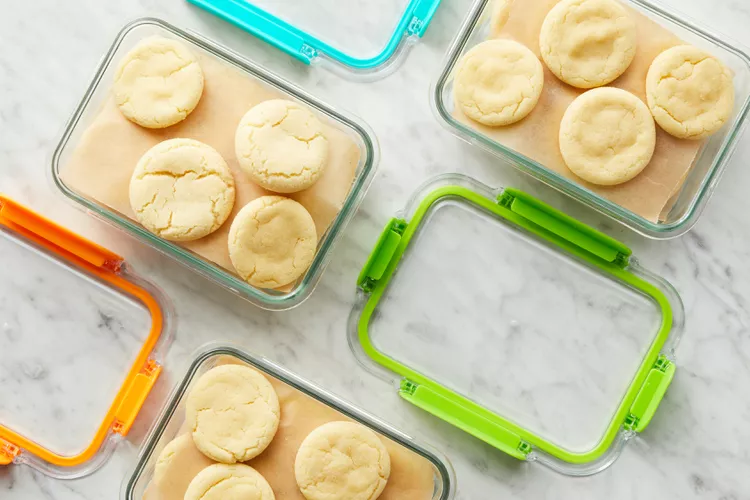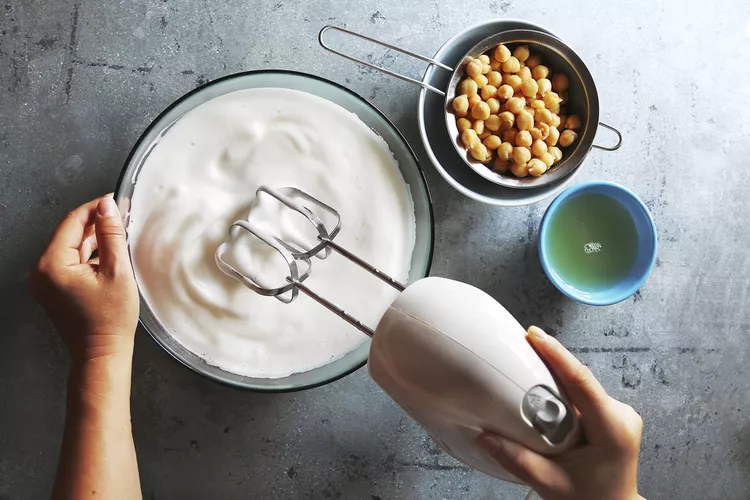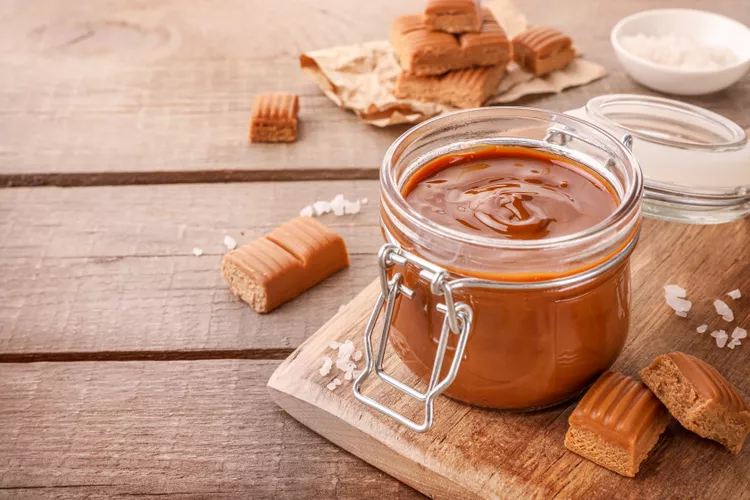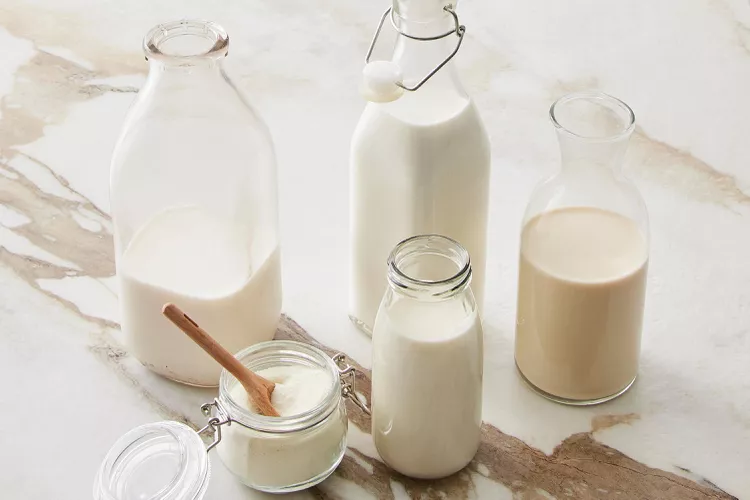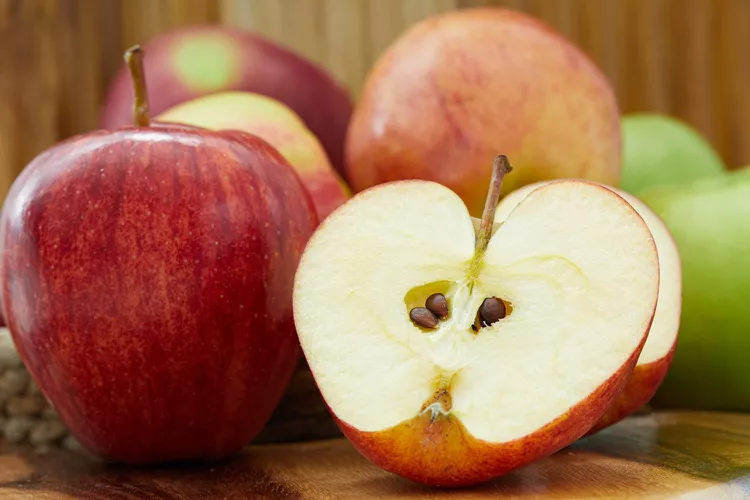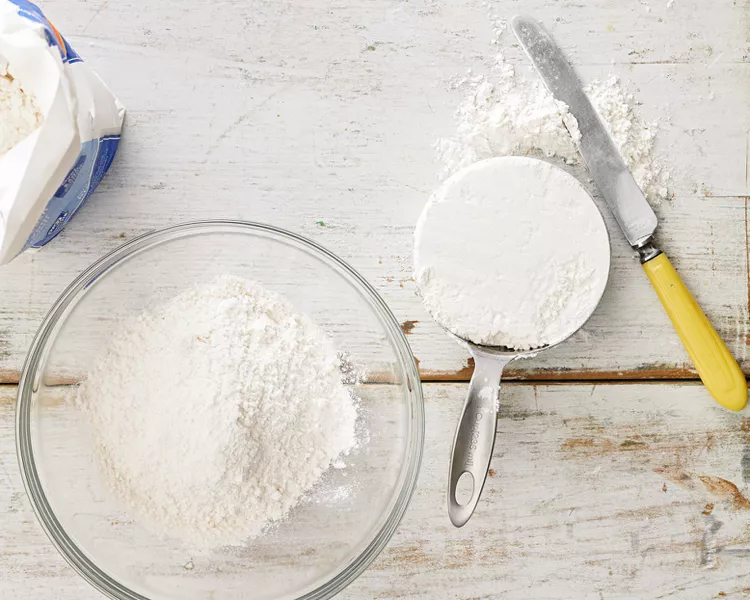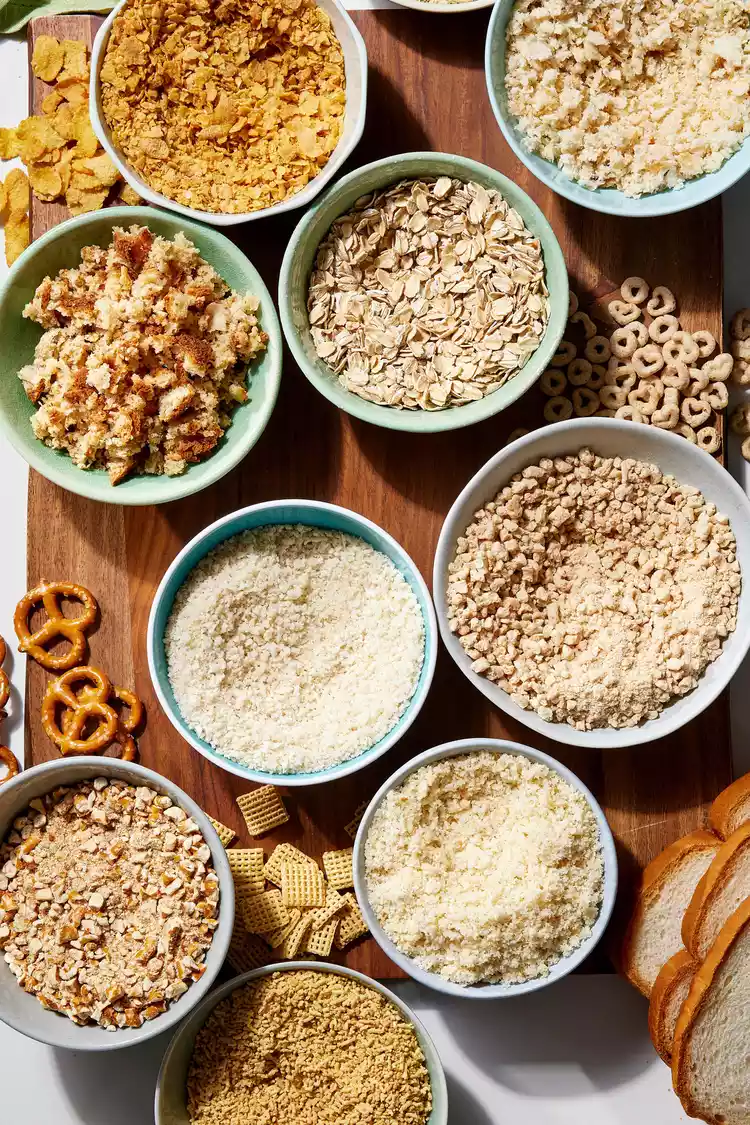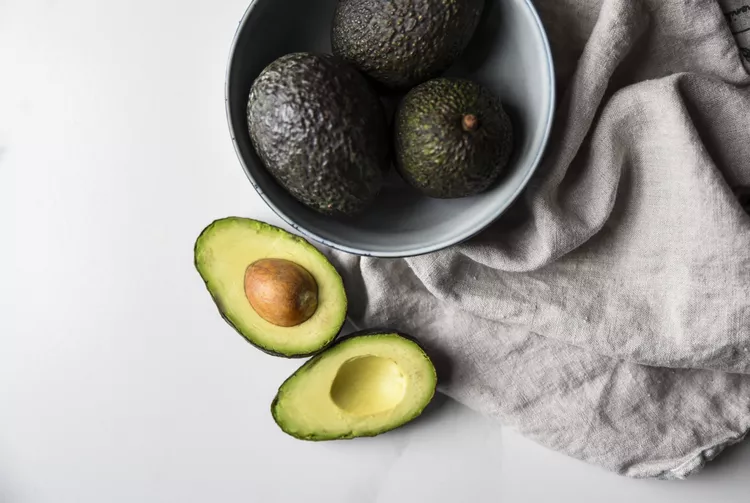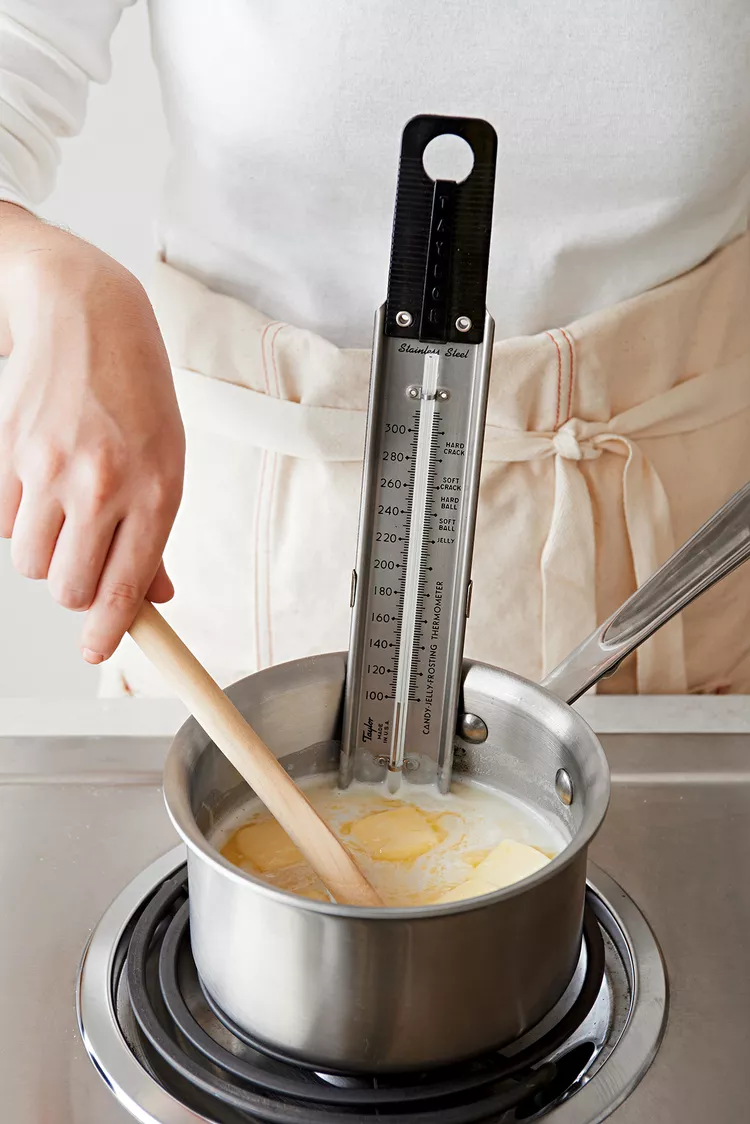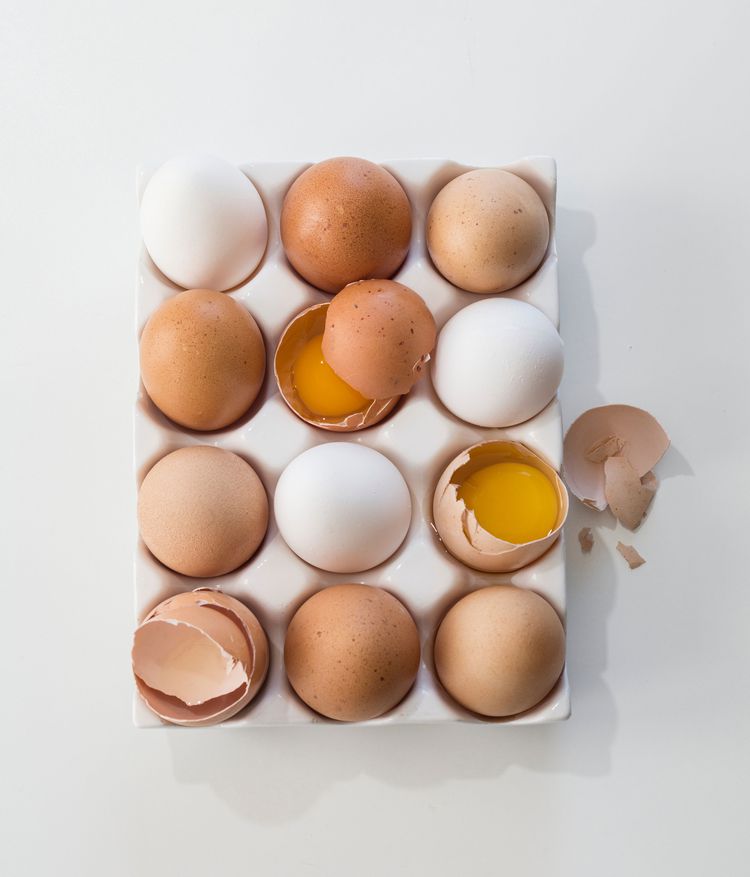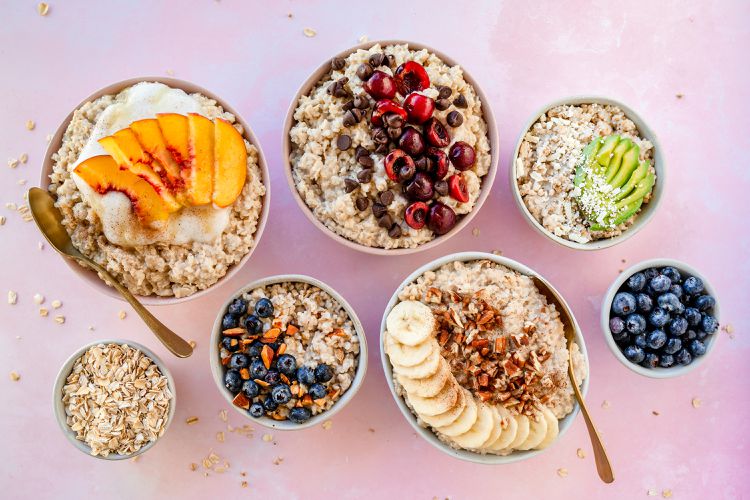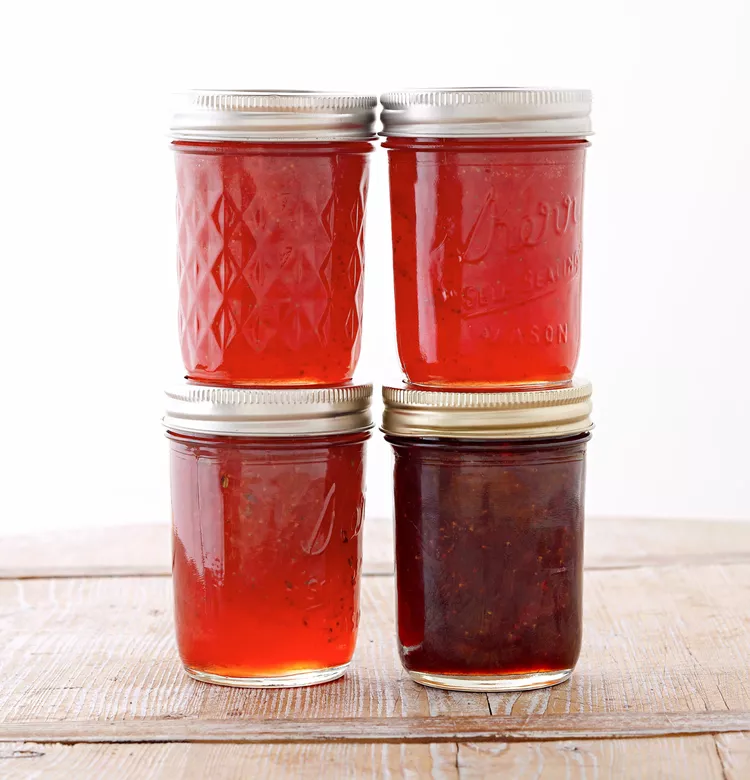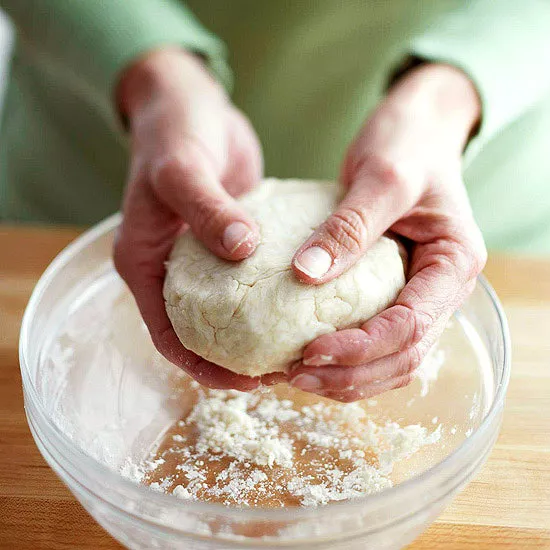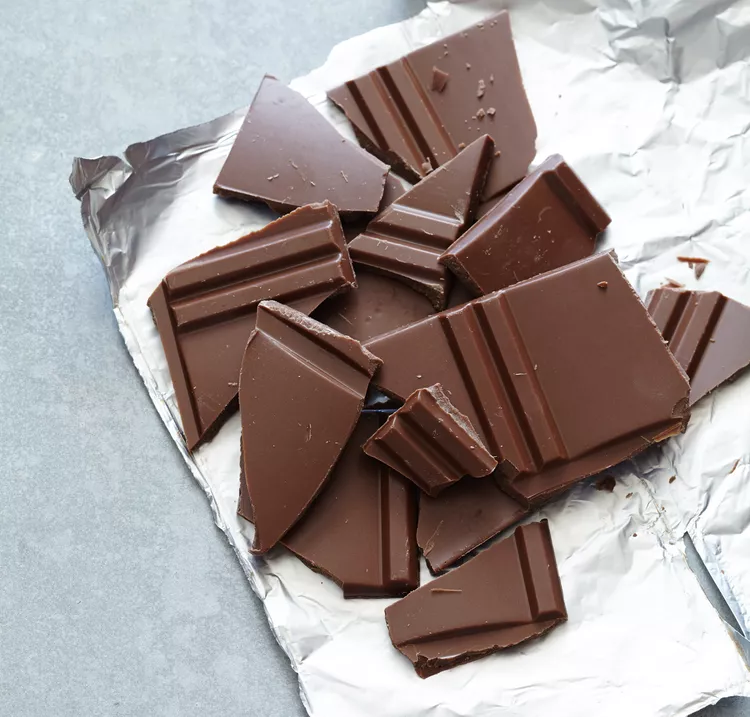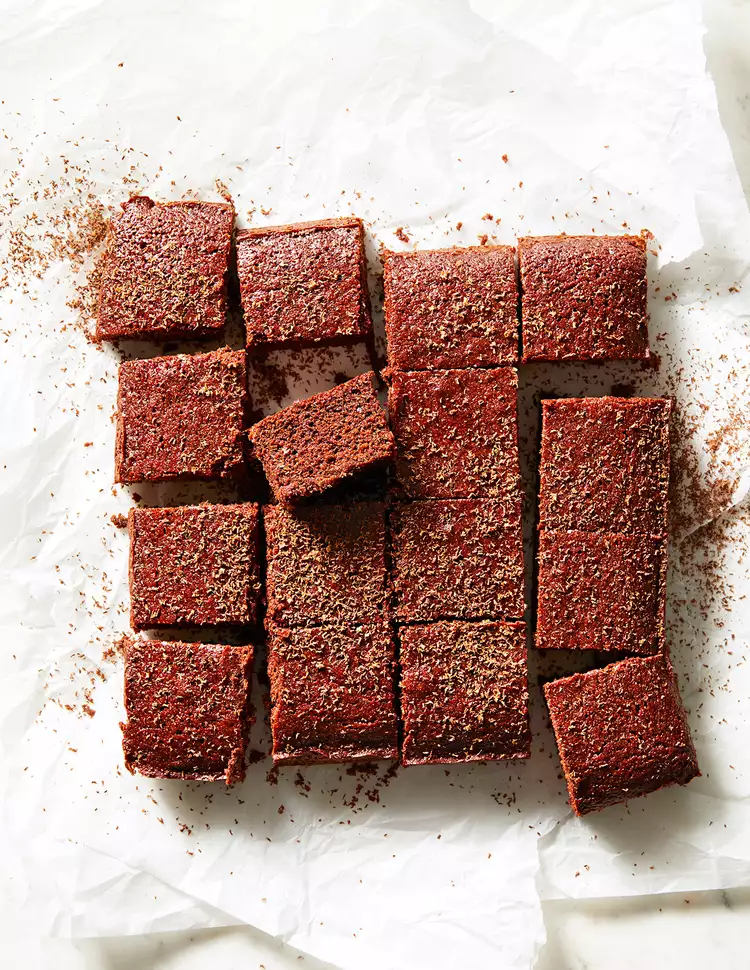Fruits and vegetables in the supermarket produce aisle are nutritional powerhouses, offering vitamins, minerals, and fiber essential for gut health and a robust immune system. However, these plant-based foods, often grown outdoors and transported without packaging, have the potential to carry a small amount of bacteria, fungi, microbes, or other chemicals, according to the USDA. This is why it's crucial to wash produce before consuming it. Let's explore the best practices for washing various types of fruits and vegetables, with a special focus on pre-washed bagged salads.
To ensure you're washing your produce effectively, we've consulted our Test Kitchen experts to provide guidance on washing apples, bananas, berries, and lettuce. But what about pre-washed bagged salads, which are often sold with labels indicating they're ready-to-eat? Should you still wash them, or could washing them increase the risk of foodborne illness?
Our experts, including Meredith Carothers, a food safety specialist for the USDA's Food Safety and Inspection Service, and Sarah Brekke, M.S., Test Kitchen brand manager, have provided insights into the process of pre-washing and the potential risks associated with washing pre-washed bagged salads. Let's delve into the details.
- Meredith Carothers, food safety specialist for the USDA's Food Safety and Inspection Service in Washington D.C.
- Sarah Brekke, M.S., Test Kitchen brand manager
What Does Pre-Washed Mean?
Bagged greens sold in sealed bags with labels such as "washed," "ready-to-eat," or "triple-washed" undergo a process that adheres to the FDA's Good Manufacturing Practices and a Food Safety Plan. This ensures that the leaves inside are prepared through three key steps:
- The greens are "pre-washed" with cool water at the farm to remove dirt, debris, and insects.
- The leaves undergo two separate baths at the processing site, sometimes involving a low-level of food-grade sanitizer to remove about 99% of harmful bacteria.
- The greens are dried and packaged for sale.
This industrial process significantly reduces bacteria compared to home washing, though there's still a small risk of reintroduction, such as during transportation or if the bag has a tear. However, the number of foodborne illnesses linked to pre-washed salads is relatively low, compared to other risks, like consuming raw eggs.
Test Kitchen Tip: Always use food-grade sanitizer when washing pre-washed greens, as household sanitizers, soaps, and bleach are not recommended for cleaning produce. For most fruits and veggies, water mixed with baking soda or vinegar is sufficient.
Given this industrial washing process, it's not necessary to wash pre-washed greens again, as doing so could increase the risk of foodborne illness.
Should You Wash Pre-Washed Greens?
Meredith Carothers and Sarah Brekke agree that pre-washed greens are safe to eat straight from the package. Washing them again can introduce more risks due to potential cross-contamination with a contaminated sink or dirty water.
Bagged produce items labeled as "washed," "triple-washed," "pre-washed," or "ready-to-eat" are indeed safe to eat without further washing, as long as the label does not specify additional washing is required.
Pre-washed greens are 100% safe to consume without washing, as washing them again can lead to cross-contamination. If you do choose to wash pre-washed greens, ensure the sink and surfaces are clean to avoid introducing bacteria.
While there's a small risk of foodborne illness with any raw produce, washing pre-washed greens again is unlikely to remove any remaining bacteria, especially if the sink or surfaces are dirtier than the greens themselves. Cooking the greens is a safer alternative if you're concerned about food safety.
When and How to Wash Leafy Greens
For pre-washed greens, the focus shifts to understanding when and how to wash other types of leafy greens. Leafy lettuces and smaller, tender greens require specific washing techniques to ensure they are clean and ready for use. Here's how to properly wash them:
- Leafy lettuces: Remove the root end and separate the leaves. Rinse them under running water to remove any dirt or debris.
- Smaller, tender greens: Fill a bowl two-thirds of the way with water and use clean hands to swirl the leaves around. Remove the leaves and shake gently to remove any debris.
After washing, allow the greens to drain in a colander and pat them dry with a clean kitchen towel or paper towels. Using a salad spinner can also help remove excess moisture.


